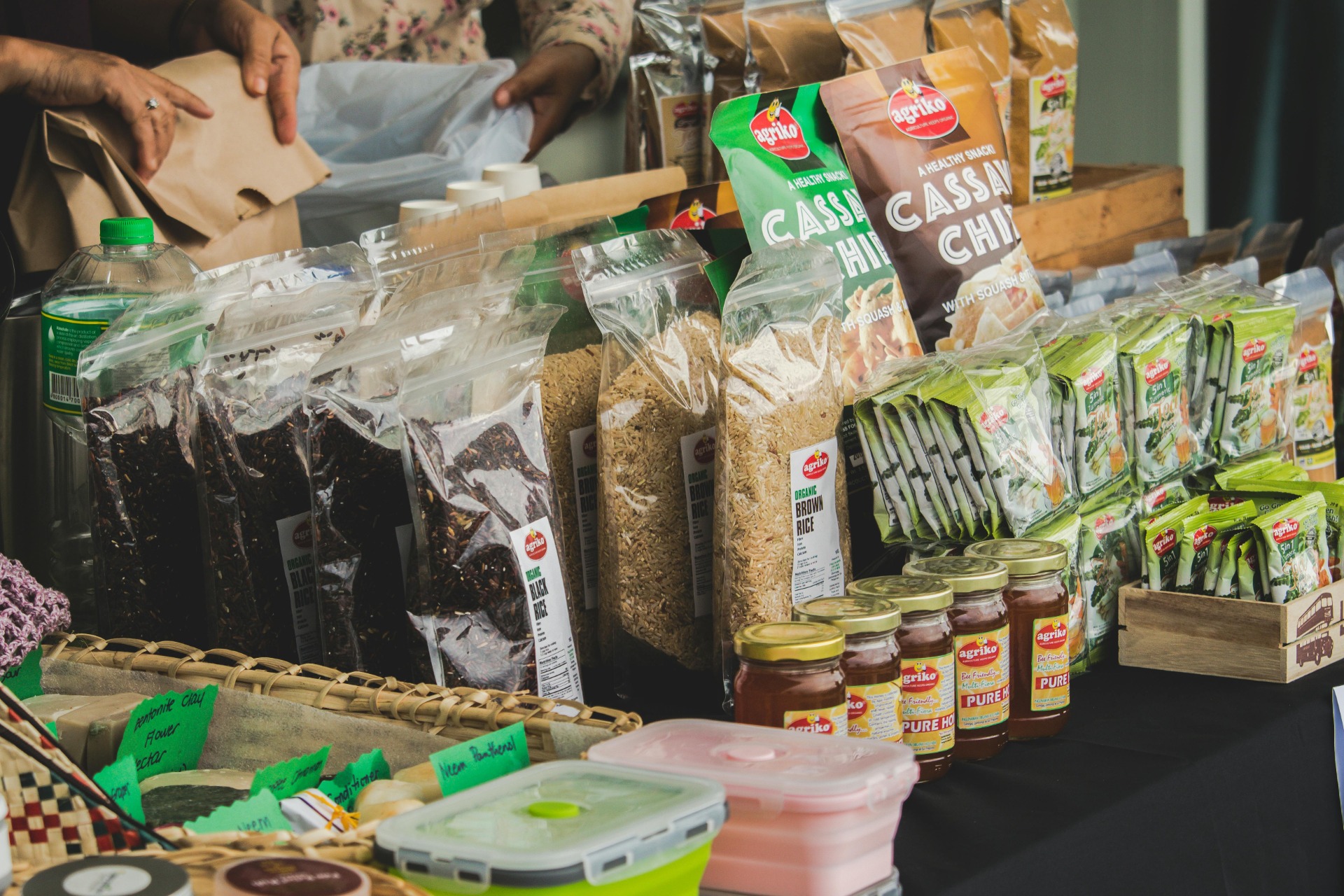
Understanding Food Labels: : What to Look For and Avoid

Navigating the grocery store aisles can feel overwhelming, especially when every package boasts "low fat," "sugar-free," or "low calories." While these claims may sound promising, they don't always tell the whole story. Learning to read food labels can empower you to make healthier choices and avoid misleading marketing. Here's how to decode them and what to be cautious of—using everyday examples.
Start with the Serving Size
One of the most overlooked but crucial parts of a food label is the serving size, especially when managing carbohydrate intake. For example, a small bag of crisps may list only 15g of carbohydrates per serving—but look closely: the bag might contain three servings. That means you could be consuming 45g of carbohydrates without realising it, which can have a significant impact on blood sugar levels. Always check the serving size first to get an accurate picture of how many carbs you're actually eating.
For example, this protein bar is labelled to be low sugar and high protein, but when looking at the nutritional values, the carbohydrates are 20g, which is normally higher than regular low carb snacks.

If you notice, the list of ingredients below is filled with polyols (sweeteners), which cause not very nice bowel symptoms (basically higher chance of diarrhoea with laxatives). Here is what they have:
Ingredients
Protein Blend (Calcium Caseinate (Milk), Whey Protein Isolate (Milk)), Humectant: Glycerol, Sweetener: Maltitol, Bovine Collagen Hydrolysate, Cocoa Butter, Cocoa Mass, Whole Milk Powder, Water, Dietary Fibre: Polydextrose, Palm Fat, Fat- Reduced Cocoa Powder, Flavouring, Sea Salt, Natural Flavouring, Emulsifier: Lecithins (Soy)
Key Tip: Pay Attention to the Ingredients List
The ingredients list tells you what's actually in your food, listed in descending order by weight. A useful rule of thumb: if sugar, corn syrup, or hydrogenated oils are among the first three ingredients, it's probably not a healthy choice. For example, many granola bars marketed as healthy snacks list sugar and corn syrup before oats. A better option might be a bar made with whole ingredients like dates, nuts, and seeds.
Watch Out for Added Sugars
Added sugars hide under many names—dextrose, maltose, fructose, and more. The American Heart Association recommends limiting added sugar to about 25 grams per day for women and 36 grams for men, I would recommend to reduce it even less because of the detrimental effects it has in the body and raising inflammation markers. A single 330ml can of coke contains 35g grams of sugar" Even yogurts labeled "fruit on the bottom" often contain as much sugar as a candy bar. Opt for plain yogurt, Greek yoghurt and add your own fresh fruit to control sweetness.
Check the Sodium Levels
High sodium intake is linked to increased blood pressure, kidney disease and heart disease. Processed foods like canned soups, frozen meals, and deli meats can contain surprisingly high levels. For example, a single serving of instant ramen can have over 1,500 mg of sodium—more than half the recommended daily intake. Look for "low sodium" versions or cook from scratch to manage your salt intake. The recommended intake in the UK is 6g of salt but this can also be found in crisps, bread, savoury snacks etc.

Don't Be Fooled by Buzzwords
Labels like "natural," "multigrain," or "fat-free" can be misleading. "Natural" isn't regulated strictly by the FSA (Food Standards Agency) and doesn't necessarily mean healthier. "Multigrain" bread might sound wholesome, but it could be made with refined flour unless it says "100% whole grain." And while "fat-free" products may sound healthier, they often contain added sugar or chemicals to compensate for flavour. Always read beyond the front of the package.
Use the % Daily Value Wisely
The Percent Daily Value (%DV) helps you understand how a nutrient fits into your daily diet. As a general guide, 5% DV or less is low, and 20% or more is high. For example, if a cereal provides 25% DV of fibre per serving, that's a good source. But if it has 30% DV of added sugar, you might want to rethink your breakfast choice.
Conclusion
Understanding food labels isn't about perfection—it's about awareness. With a bit of knowledge, you can spot hidden sugars, unhealthy fats, and misleading claims. The next time you're in the grocery store, turn the box over and take a closer look. Your health—and your wallet—will thank you.
